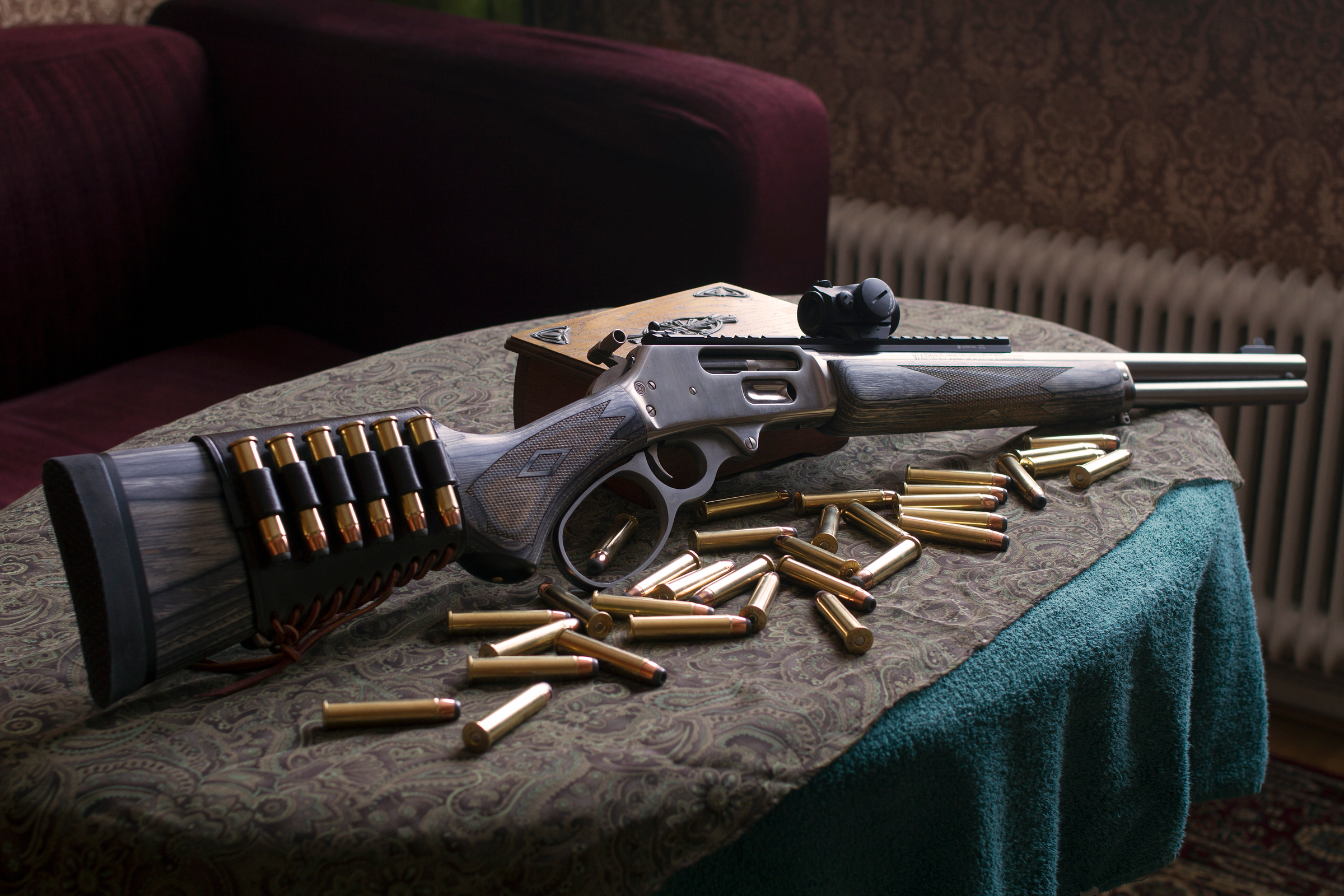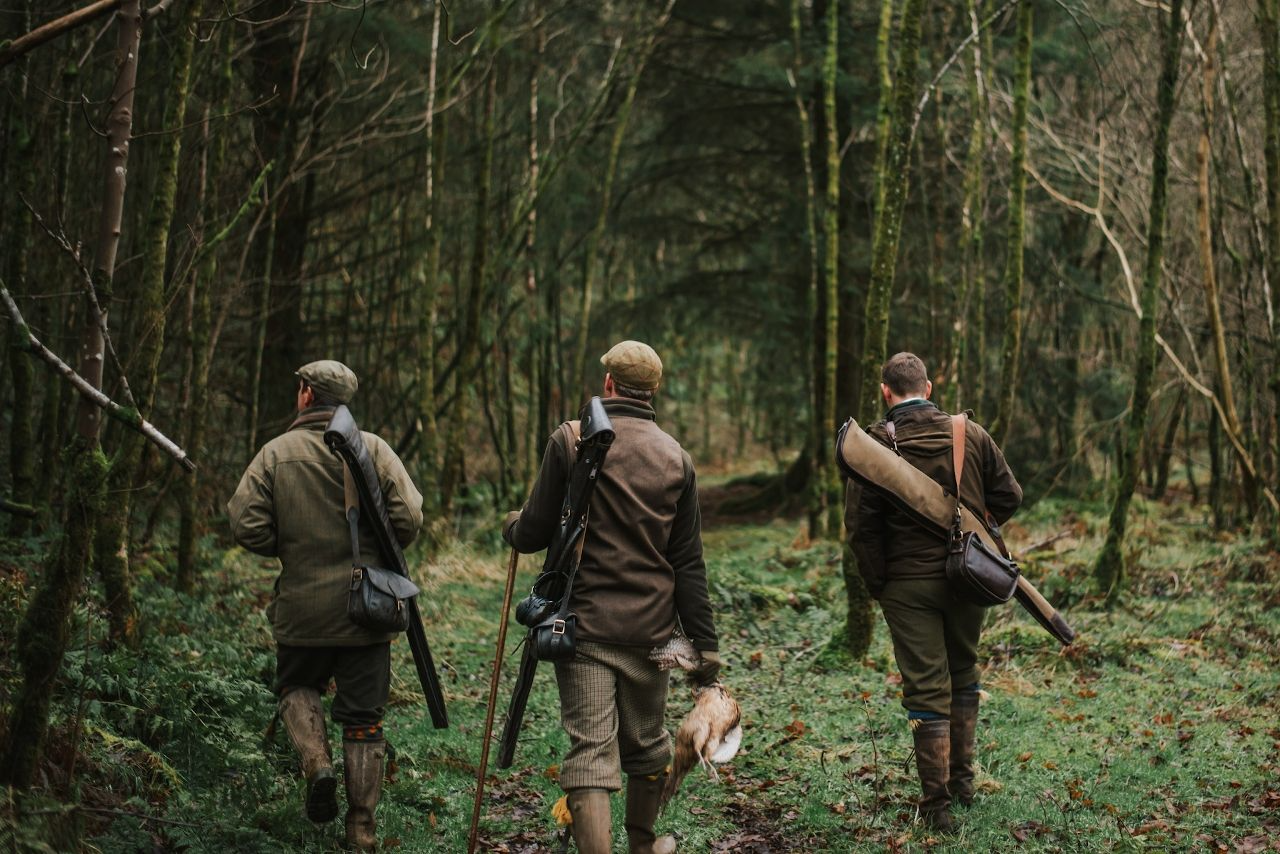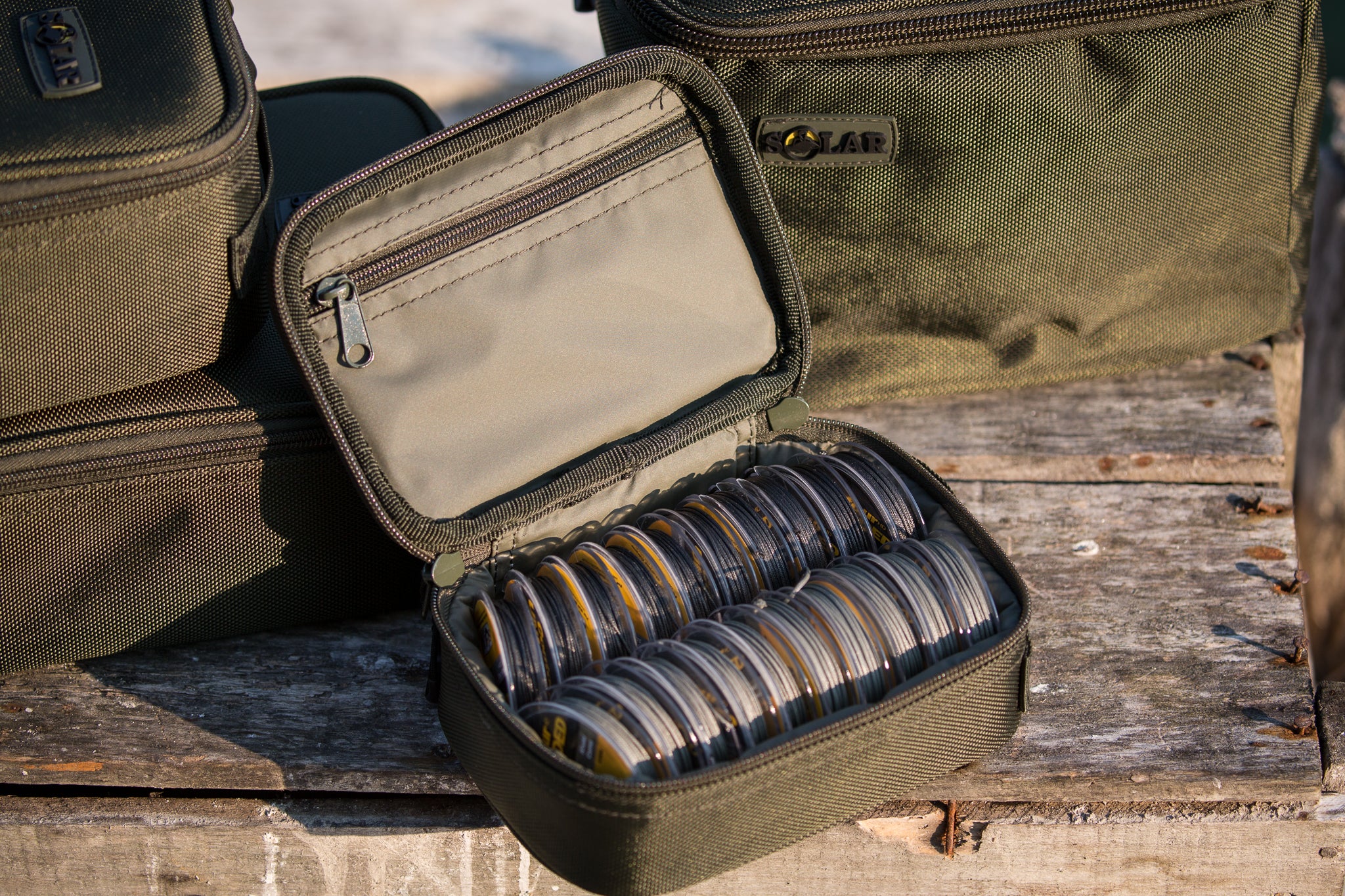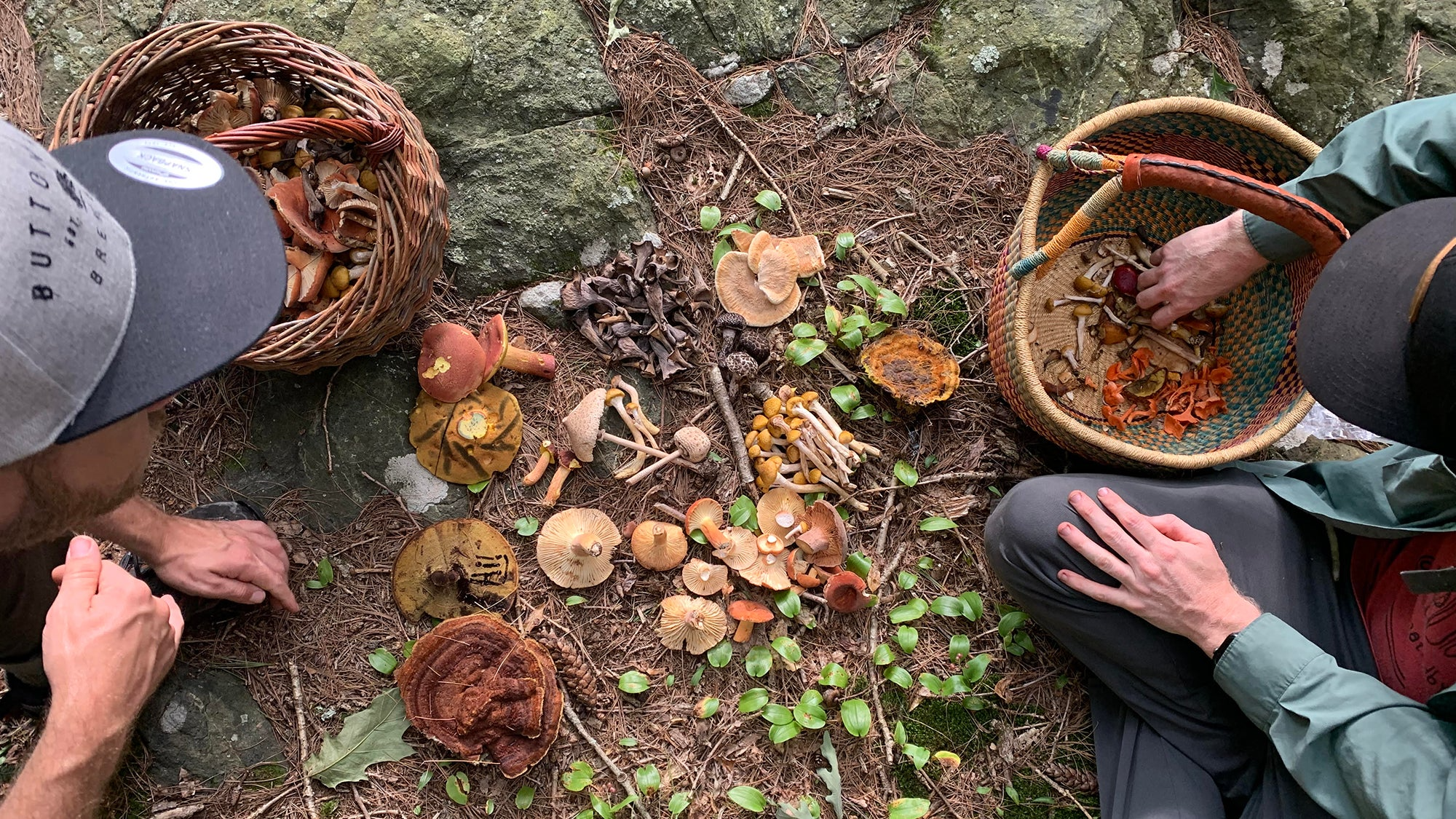How to Plan a Mushroom Hunting Trip Without Getting Lost in the Woods?
There’s nothing quite like the thrill of mushroom hunting — the quiet of the forest, the excitement of discovery, and the connection to nature. But even the most experienced foragers can lose their way in unfamiliar terrain. Planning your trip carefully ensures not only a successful harvest but also a safe and enjoyable adventure.
Here’s how to prepare for your next mushroom hunting trip so you can explore confidently — and never get lost in the woods.
How to Plan a Mushroom Hunting Trip Without Getting Lost in the Woods?
1. Research Your Location Before You Go
Before heading out, study the area where you plan to forage.
Check:
-
Local maps and topographic details to understand the terrain
-
Foraging regulations — some forests and parks have restrictions or require permits
-
The types of mushrooms that grow in that region and the best time to find them
Pro tip: Use tools like Google Earth or AllTrails to visualize your route and identify landmarks such as rivers, roads, or clearings that can help with navigation.
2. Mark Your Starting Point
When you arrive at your location, always mark your car or trailhead.
You can do this by:
-
Dropping a pin on your phone’s map app
-
Taking a photo of a nearby sign or distinctive tree
-
Using colored trail tape (and removing it afterward to keep the forest clean)
This small step is the foundation of a safe mushroom hunt — it gives you a reliable point of return no matter how far you wander.
3. Bring the Right Navigation Tools
Even if you’re relying on your phone, don’t depend solely on GPS. Batteries die, and signals fade in dense forests.
Smart foragers carry:
-
A compass and printed map of the area
-
A fully charged phone and portable power bank
-
A GPS tracker or offline navigation app such as Gaia GPS or Maps.me
Knowing how to use a compass and orient yourself with the map is an invaluable skill that every mushroom hunter should master.

4. Plan Your Route and Stick to It
Before you start foraging, decide:
-
How long you’ll be in the woods
-
Which direction you’ll explore
-
When you plan to return
Avoid wandering aimlessly. Move systematically — for example, in a grid or circle pattern — so you can retrace your steps easily. Experienced foragers often follow natural paths, such as animal trails or streams, which serve as landmarks.
5. Use a Reliable Foraging Bag
Your choice of bag can make or break your mushroom hunting experience.
A well-designed foraging bag helps you keep your hands free, stay organized, and move comfortably. Look for one that features:
-
Mesh sides to let spores spread naturally
-
Adjustable straps for ergonomic balance
-
Multiple compartments to separate different mushroom types
-
Durable, weather-resistant materials for outdoor conditions
A quality mushroom hunting bag not only protects your harvest but also helps you move safely and efficiently through the forest.
6. Know Your Landmarks
Pay attention to natural markers:
-
The direction of the sun
-
Unique trees or rock formations
-
Sounds of a river or nearby road
Take note of these reference points every few minutes. If you ever feel disoriented, stop, breathe, and retrace your steps to the last landmark you recognized.
7. Don’t Hunt Alone (or at Least Tell Someone)
Mushroom hunting is best enjoyed with a friend.
If you go alone, always tell someone where you’re going and when you expect to return. Share your map or GPS location before heading into the woods. That way, if something unexpected happens, help can find you faster.
8. Prepare for Weather and Time
The forest can look completely different when the weather changes. Always check:
-
The forecast before your trip
-
The sunset time — it’s easy to lose daylight faster than expected
-
Bring a headlamp, light raincoat, and extra layers
Even seasoned foragers know that preparedness is the difference between adventure and danger.
9. Stay Calm If You Lose Your Bearings
If you realize you’re lost:
-
Stop moving and take a deep breath.
-
Mark your location with a visible item (like a bright bag or hat).
-
Use your compass or phone GPS to determine direction.
-
If uncertain, move toward lower ground or a water source — streams often lead to trails or roads.
Most importantly, stay calm. Rational thinking keeps you safe.
Final Thoughts
Mushroom hunting is an art of patience, curiosity, and awareness. With the right preparation — maps, navigation tools, and a sturdy foraging bag — you can enjoy nature’s bounty without worrying about getting lost.
Remember: successful foraging isn’t just about finding the rarest mushrooms — it’s about returning safely with stories, memories, and a full basket.























